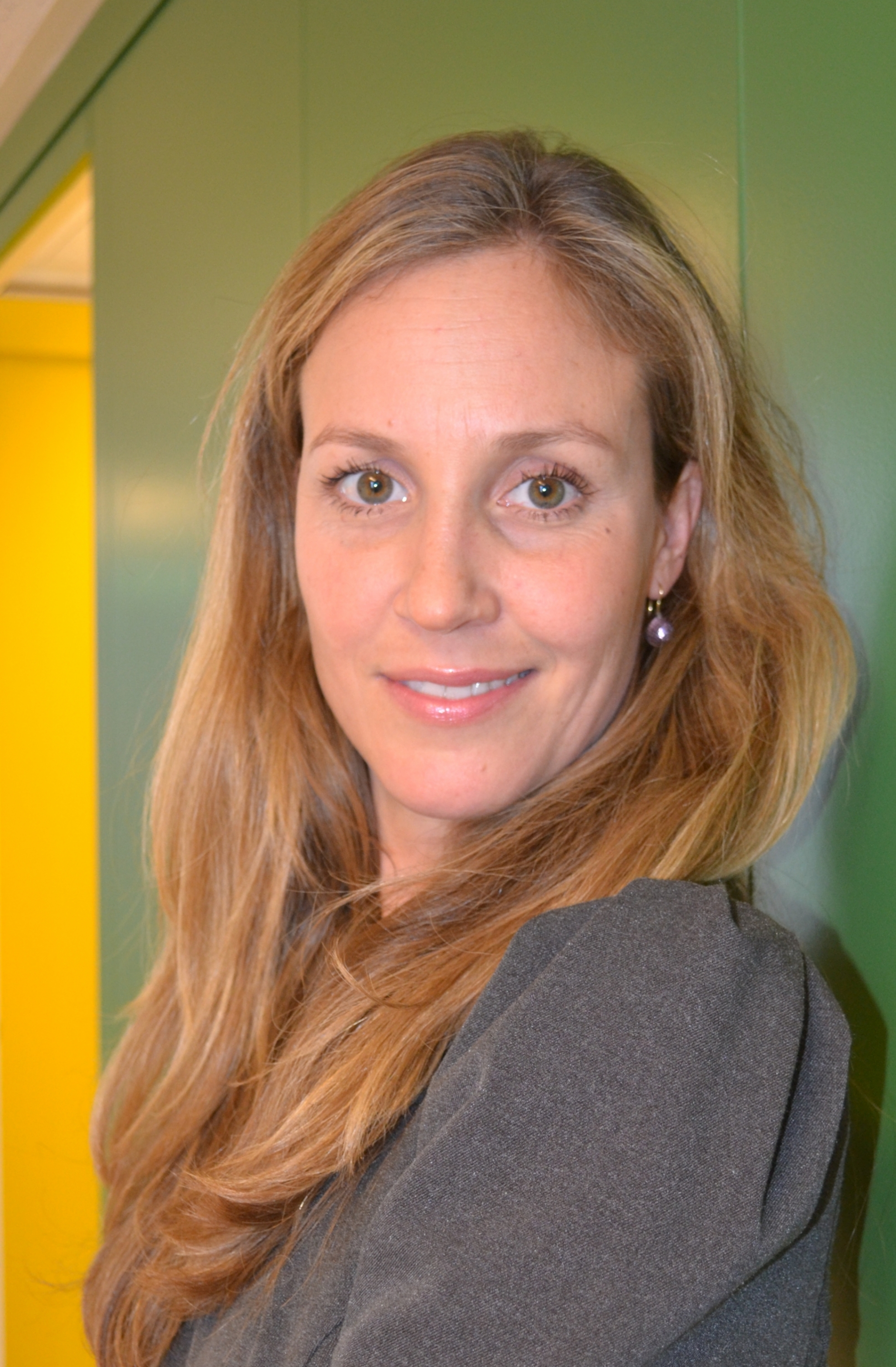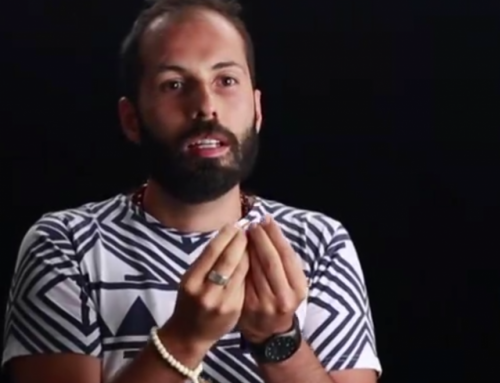When you talk to sustainable supply chain experts, you hear stories like this:
“You go to your favorite supermarket, get your favorite lasagna from the shelf, bring it to a scanner and scan the barcode. The screen shows 3D real time holograms of the tomato plantations in Turkey and Guatemala, wheat plantations in Brazil, you can even see images from the streets where workers live, you see the factories producing the sauce or producing packages and conservatives, factories where all get together, in boxes, getting delivered to your supermarket, first by ship, then by… Then you get a pack from the competitor brand, and…”
They dream about the day when companies and consumers will know all about the suppliers in “almost real time.”
Today, supply chains are considered one of the most challenging parts of the sustainability puzzle. This topic was vey present during the development of G4, as it was in my research on the main challenges for the next decade. This is an area where we are still discussing how companies can trace their indirect suppliers, not to mention the need to know the social and environmental practices in their supply chains. We need smart solutions and new ideas.
My fascination with supply chains and their challenges started when I was working as the head of the sustainability area at Natura in 2003. The suppliers played a critical role at this company, which buys tons of products that end up on our faces or on babies’ skin. In a world in which you can purchase from websites that only disclose the distributors’ information, such a business is always in alert mode.
When I arrived at GRI I met a young lady who was also fascinated by this. She really believed that supply chains and small businesses were the key to transforming the world and building a sustainable future. She was Leontien Hasselman-Plugge. We have since worked together for many years and have designed many projects promoting transparency in the supply chain for large companies and small businesses.
In 2014 Leontien took a big step in the direction of her convictions: she became the managing director of a company called SIM Supply Management. Leontien’s task is to set the company to deliver what we need to make the vision of “almost real time transparency in supply chains” a reality. SIM aims to offer almost real time information on their clients’ supply chains. Not a small task.
I talked to Leontien recently about what she has learned about today’s supply chains. She said: “Transparency will not only help consumers to know what is behind the products they buy, but it will also help suppliers – the real producers – to have a direct contact to final consumers and clients, reducing their distance to access the market. This will improve the chain efficiency in ways that we can’t yet imagine!”
That’s great to know!
by Nelmara Arbex






